Protein bars have become increasingly popular among health-conscious individuals looking to boost their protein intake while maintaining a busy lifestyle. With a plethora of options available on the market, two prominent brands, Barebells and Built Bars, have emerged as contenders in the protein bar industry. In this article, we will compare and contrast the features, flavors, nutritional profiles, and overall appeal of Barebells and Built Bars to help readers make an informed choice. 1. Features: Both Barebells and Built Bars offer multiple features that cater to different consumer preferences. Barebells prides itself on its high protein content and indulgent taste, often being compared to traditional candy bars. On the other hand, Built Bars focus on being low in calories and carbs, ideal for those following strict diets.

.
 2. Flavors: Barebells offers a diverse range of flavors, including favorites such as Salty Peanut, Cookies & Cream, and Caramel Cashew. These flavors cater to those looking for a sweet treat while enjoying the added benefits of a protein bar. Built Bars, on the other hand, boast an impressive selection that includes Coconut Chocolate Crème, Mint Brownie, and Peanut Butter. The rich flavors of Built Bars are designed to satisfy cravings without compromising nutritional values. 3. Nutritional Profiles: When it comes to nutrition, both brands emphasize different aspects. Barebells delivers a substantial protein punch, often containing over 20 grams of protein per bar.
2. Flavors: Barebells offers a diverse range of flavors, including favorites such as Salty Peanut, Cookies & Cream, and Caramel Cashew. These flavors cater to those looking for a sweet treat while enjoying the added benefits of a protein bar. Built Bars, on the other hand, boast an impressive selection that includes Coconut Chocolate Crème, Mint Brownie, and Peanut Butter. The rich flavors of Built Bars are designed to satisfy cravings without compromising nutritional values. 3. Nutritional Profiles: When it comes to nutrition, both brands emphasize different aspects. Barebells delivers a substantial protein punch, often containing over 20 grams of protein per bar.
..
 While its carbohydrate and sugar content is relatively higher compared to Built Bars, the brand compensates by using high-quality ingredients and adding fiber to support digestive health. Built Bars, on the other hand, focus on a balanced nutritional profile aimed at individuals looking to manage their calorie intake effectively. Built Bars usually contain fewer than 200 calories, making them an attractive option for those on a calorie-restricted diet. Additionally, Built Bars typically have a low sugar content, around 4 grams per bar, which is significantly less compared to Barebells. 4. Texture and Appeal: The texture of a protein bar can greatly impact the overall experience, and both Barebells and Built Bars deliver in this regard. Barebells bars have a softer and chewier texture, resembling a decadent candy bar experience. This texture, combined with the brand’s indulgent flavors, gives Barebells bars a high appeal factor.
While its carbohydrate and sugar content is relatively higher compared to Built Bars, the brand compensates by using high-quality ingredients and adding fiber to support digestive health. Built Bars, on the other hand, focus on a balanced nutritional profile aimed at individuals looking to manage their calorie intake effectively. Built Bars usually contain fewer than 200 calories, making them an attractive option for those on a calorie-restricted diet. Additionally, Built Bars typically have a low sugar content, around 4 grams per bar, which is significantly less compared to Barebells. 4. Texture and Appeal: The texture of a protein bar can greatly impact the overall experience, and both Barebells and Built Bars deliver in this regard. Barebells bars have a softer and chewier texture, resembling a decadent candy bar experience. This texture, combined with the brand’s indulgent flavors, gives Barebells bars a high appeal factor.
…
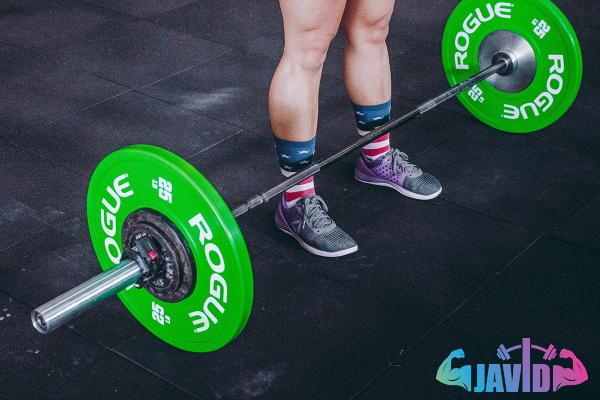 Built Bars, in contrast, offer a unique texture that leans towards a fudgy consistency, reminiscent of a homemade brownie. This texture, coupled with their rich chocolate coating, further enhances the satisfaction of consuming a Built Bar. Conclusion: In the battle of Barebells vs. Built Bars, both brands offer desirable qualities that appeal to different consumer needs. Barebells shines in delivering high protein content, indulgent flavors, and a soft texture, creating a guilt-free pleasure. On the other hand, Built Bars excel in providing a low-calorie, low-sugar option with a fudgy consistency that satisfies cravings without undermining dietary goals. Ultimately, choosing between the two depends on individual preferences and goals, be it taste, nutrition, or a combination of both. Whatever your choice, both brands are excellent choices for incorporating protein bars into a healthy lifestyle.
Built Bars, in contrast, offer a unique texture that leans towards a fudgy consistency, reminiscent of a homemade brownie. This texture, coupled with their rich chocolate coating, further enhances the satisfaction of consuming a Built Bar. Conclusion: In the battle of Barebells vs. Built Bars, both brands offer desirable qualities that appeal to different consumer needs. Barebells shines in delivering high protein content, indulgent flavors, and a soft texture, creating a guilt-free pleasure. On the other hand, Built Bars excel in providing a low-calorie, low-sugar option with a fudgy consistency that satisfies cravings without undermining dietary goals. Ultimately, choosing between the two depends on individual preferences and goals, be it taste, nutrition, or a combination of both. Whatever your choice, both brands are excellent choices for incorporating protein bars into a healthy lifestyle.

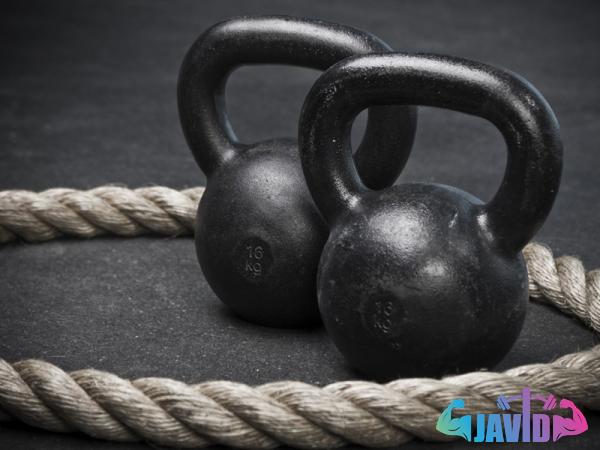
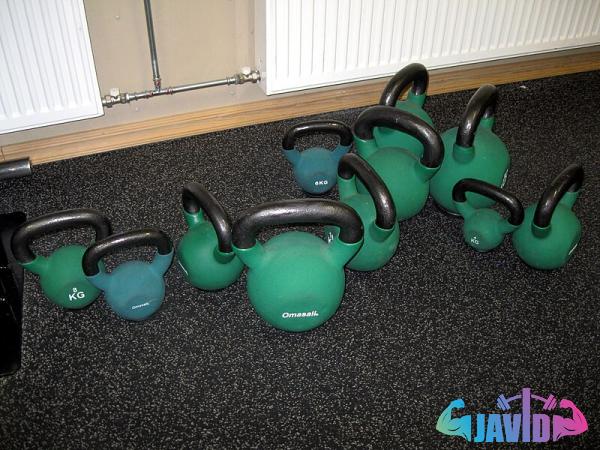

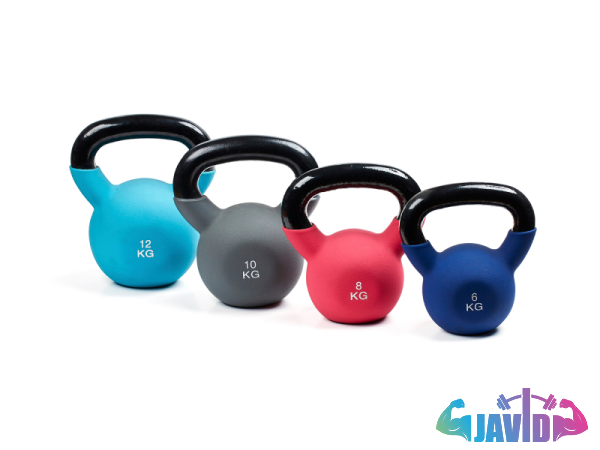

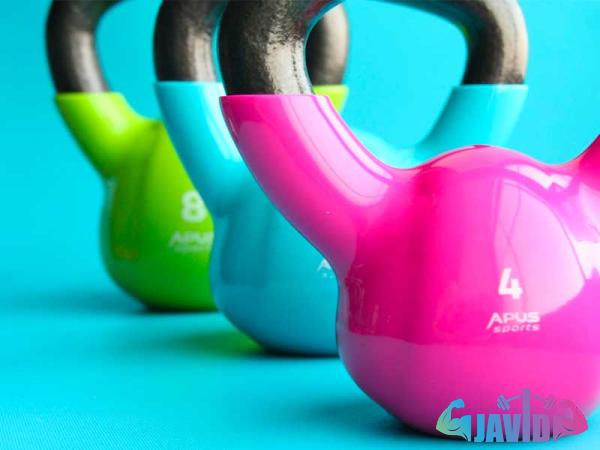
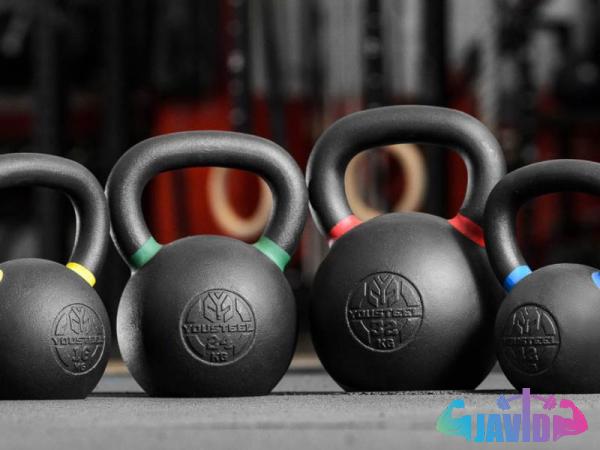
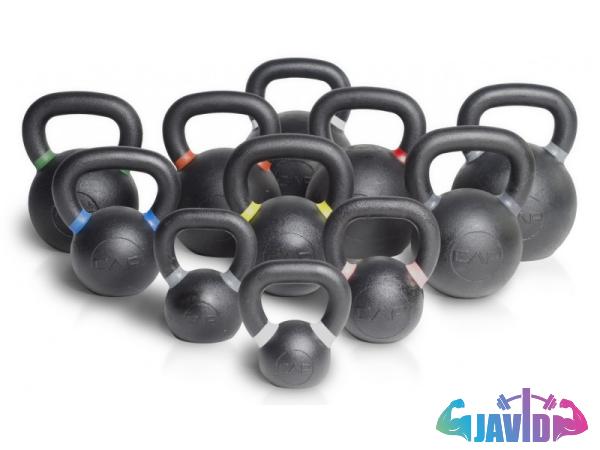

Your comment submitted.